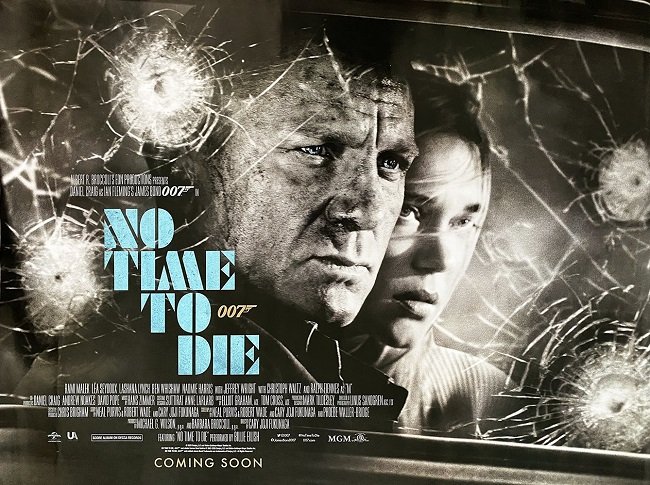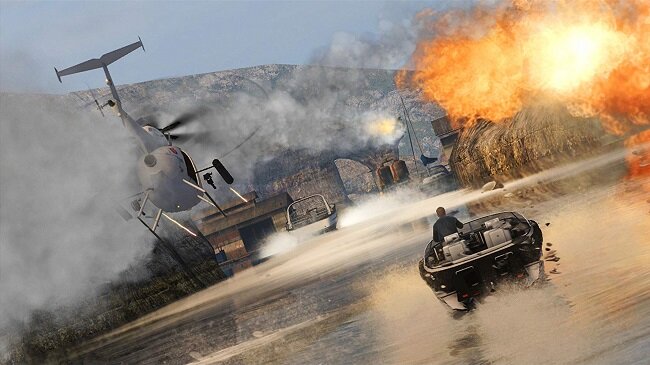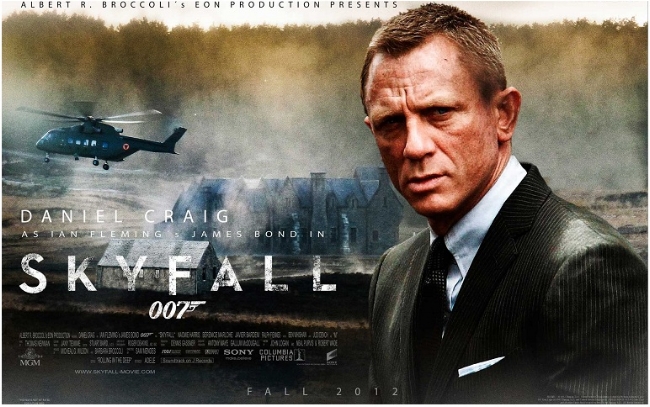Licence to Kill (1989)
Licence to Kill is the sixteenth instalment in the James Bond series and the last to star Timothy Dalton as MI6 agent James Bond. He sadly only made two movies and remains an underrated Bond. Licence to Kill was also the first official James Bond film to use a title not derived from either an Ian Fleming novel or a short story. However, it does contain characters and elements from Fleming's novel "Live and Let Die" and the short story "The Hildebrand Rarity". The film follows Bond's dismissal from MI6 and his vendetta against a South American drug baron after an attack on his friend Felix Leiter. The film was originally due to be called "Licence Revoked" but was changed allegedly to avoid confusion with American audiences.
Licence to Kill was one of the least commercially successful Bond films. It had production costs of approximately $36 million and made only $156 million back at the box office. The previous Bond outing, The Living Daylights had made over $196 million. This drop can be attributed to the decision to release the film in the summer, in direct competition with Lethal Weapon 2, Indiana Jones and the Last Crusade (starring former Bond Sean Connery) and Batman. Bond films have traditionally been Autumn releases. Due to the death of screenwriter Richard Maibaum and subsequent legal battles over the ownership of the James Bond series, there was a subsequent six year hiatus until the next Bond movie Goldeneye in 1995. Licence to Kill has many unique factors that make it a milestone within the Bond franchise.
Licence to Kill has many unique factors that make it a milestone within the Bond franchise. It the first Bond film to be rated PG-13 in the US and 15 in the UK; all previous films were PG. Violent scenes still had to be trimmed in both the UK and US to avoid a higher classification. Director John Glen decided to make the film stronger in tone to directly compete with the contemporary competition. Action films had become more prevalent during the eighties and often included expensive and elaborate set pieces. These had been in the past the exclusive province of the Bond films. However, the release of the James Bond "Ultimate Editions" on DVD in 2006, restored all previously cut material. The fully uncut print was also sourced for the more recent Blu-ray disc in 2009.
Licence to Kill featured another major change for the franchise. Veteran Bond composer, John Barry was not available at the time of the post production, as he was undergoing throat surgery. Therefore, the soundtrack was composed and conducted by Michael Kamen, a British composer who had already scored several action films such as Lethal weapon and Die hard. Licence to Kill, despite poor financial returns, did perform well with numerous critics. It is still a source of division among fans. It is hard edged, minimalist and reflects the tone of Fleming's early novels very well. Dalton's performance, the lack of fanciful gadgets and glib one liners, is a radical change in style from the self-parodying excesses of Moonraker. Director John Glen deemed it to be the best of his five Bond films. On reflection, the market at the time was simply not ready for such a radical shift in the franchise. It is ironic that Casino Royale successfully managed to make such a change seventeen years later.













